If your child is experiencing difficulties chewing, swallowing, and sucking or is displaying texture-related food avoidance, it may be time for a feeding assessment by one of our trained Occupational Therapists or Speech & Language Pathologists. Basal’s team of professionals will evaluate your child for feeding therapy, a treatment designed to help them learn to eat or improve their ability to eat. It’s important to address these problems as soon as possible to help your child’s growth, development, nutrition, and future outcomes. Feeding therapy will not only help your child improve their eating habits, but it will also make mealtime more enjoyable for both them and your entire family. But what exactly is feeding therapy, and does your child need it? Let’s explore.
What Should You Expect During a Feeding Assessment?
Naturally, you’re concerned about the feeding assessment. What will it be like for my child? What will be accomplished? What will my role be in the treatment plan?
Rest assured, the assessment involves no discomfort for your child. It involves gathering information, evaluating their oral structures, and observing them as they eat. The assessment will generally cover:
- Reviewing your child’s birth, developmental, and feeding history
- A review of their current list of accepted foods
- A physical assessment of your child’s oral structures
- Clinical observations of your child’s interactions with preferred and non-preferred food
- Observations when eating, drinking, and using eating utensils
- Testing of oral motor skills (including lip movements, lip seal, ability to produce facial expressions, internal and external movements of the tongue, chewing patterns, jaw strength, swallowing)
If necessary, your child’s evaluating therapist may recommend a consultation with additional providers after the assessment. This can include an ENT and Registered Dietitian to confirm optimal anatomical structures and ensure their overall nutrition.
Your Child’s Feeding Therapy Treatment Plan
Your therapist will recommend a treatment plan for feeding therapy, based entirely on your child’s specific needs and limitations. This may be direct in-person feeding sessions, consultative coaching, or group feeding therapy with same-aged peers/challenges.
Throughout feeding therapy, a family can expect to make modifications to their home eating environment, follow through and carry over mealtime routines at home, parent and child mealtime interactions, oral motor exercises, and activities related to food with parent and child engagement.
Does My Child Need Feeding Therapy?
If you’ve been observing signs of difficulties with your child’s eating habits, you’ll benefit from a feeding assessment. Some of these signs may include:
- Stress or anxiety for you or your child during meals or snack time
- Intolerance of different food textures (purees, dissolvable solids, finger foods, hard wet solids, hard dry solids)
- The necessity to create a different meal for your child rather than just one meal for the family
- Refusal to eat from a variety of food groups (proteins, carbs, fruits, and vegetables)
- Fatigue or an increased effort to breathe during meals
- Aversive behaviors towards food, including gagging, coughing, and vomiting when eating or exposed to certain foods
- Delayed feeding development
- You’re frustrated and ready to support your child with exercises and routines to strengthen oral skills and improve their overall process of eating
You may be experiencing one or more of these challenges at home, or maybe you’re concerned for a different reason altogether. Trust your intuition; you know your child best!
When Should I Reach Out for Help?
When you develop concerns regarding your child’s ability to eat food, interact with food, and explore food, it’s beneficial to talk with your child’s pediatrician about your concerns. You may also reach out to a feeding therapist (Speech & Language Pathologist or Occupational Therapist) for guidance.
Don’t wait; it is easier to develop behavior change early rather than waiting until family routines are difficult and negative, or unhealthy behaviors towards food have developed.
How to Make Feeding Fun with Your Child
There are certain things you can do right now to help your child enjoy meals and snacks a little more and to alleviate some issues you are experiencing.
Involve Your Child in Meal Preparation
The more your child gets involved in preparing meals, the more invested they will be in eating them. Include your child in mixing, sorting, retrieving ingredients from the fridge or pantry, serving foods to others, and grocery shopping.
Have Your Child Set the Table for a Meal
Setting the table is a relaxing and enjoyable way to create habits and create lasting, fun memories for your child. Kids naturally want to imitate behaviors displayed by their parents and siblings, so they are eager to be a part of mealtime rituals such as table setting.
Get Creative with Food
Remember when your parents told you not to play with food? We not only approve of playing with food for a problem eater; we encourage it!
- Use food items as art
- Cut fruit and vegetables and use them as stamps
- Use liquids as paints on your plate and straws or utensils as the brushes
- Build and deconstruct with your foods
- Complete food experiments to change your food (cookie cutters, food coloring)
In addition, there are a few fun oral-motor games you can play with your child to help strengthen their mouth, including:
- Bubble blowing
- Blow cotton balls through a big straw
- Drinking from a straw
- Chewing with one side only (incorporate this in a “Simon Says” game and alternate sides for added fun)
- Imitating a variety of faces and tongue positions
- Pick up food only with your lips, tongue, and mouth – no hands!
My Child Refuses to Sit at the Table for Meals
There can be several reasons your child doesn’t want to sit at the table for meals, from food aversion to boredom. A feeding assessment can uncover some of these underlying reasons. To encourage them to stay at the table, try the following:
- Start slowly, using a visual timer, and gradually increase the duration of time at the table
- Create a boundary for standing such as a hula hoop or tape box on the floor,
- Make sure their feet and back are supported when sitting in their chair to create a 90-degree angle at the knees and the hips. (This creates support for the child’s torso for stability while eating)
Basal Therapies Provides Assessments and Treatment Plans for Your Problem Eater
If mealtime has become a frustrating event for your child and your family, or if your child dislikes eating for any reason, reach out and schedule an appointment today. Our talented, empathetic teams are skilled at making meals enjoyable again…for everyone.









